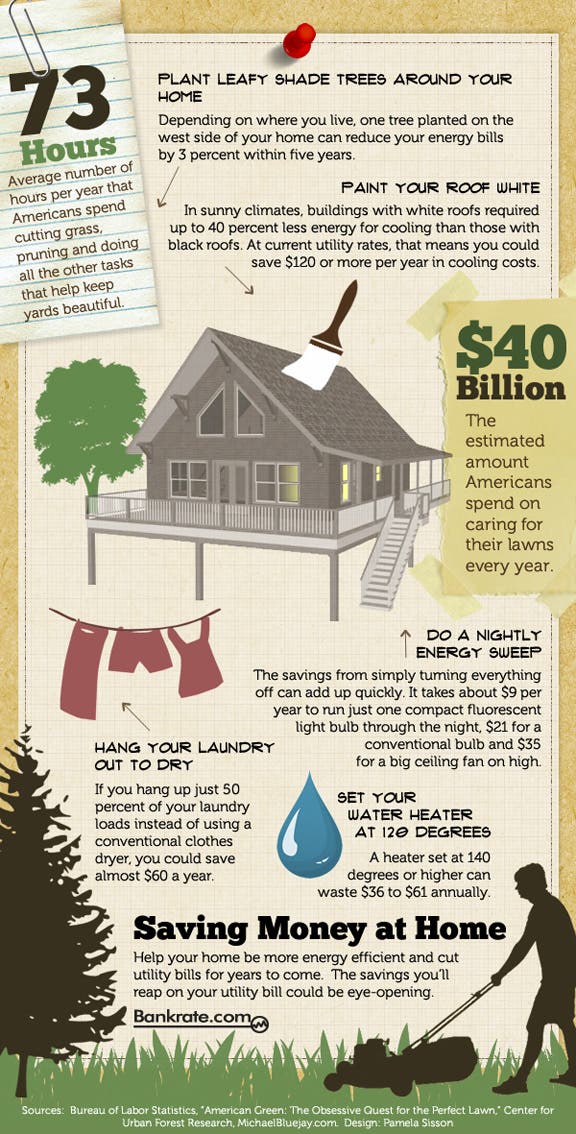Seasonal Tree Upkeep: Guidelines For Managing Trees Before And After They Are Gotten Rid Of
Seasonal Tree Upkeep: Guidelines For Managing Trees Before And After They Are Gotten Rid Of
Blog Article
Web Content Writer-
When it concerns seasonal tree care, ensuring proper administration prior to and after removal can dramatically affect the health and looks of your landscape. By comprehending the required steps associated with analyzing tree health and wellness and planning for elimination, you can proactively secure your property. But what regarding the vital methods to comply with when the tree is gone? Remain tuned to find the necessary post-removal care steps that will assist you cultivate a flourishing and lasting environment for your trees.
Pre-Removal Tree Treatment
Before dealing with the elimination of a tree, it's important to focus on pre-removal tree treatment. Start by evaluating the tree's wellness and architectural stability. Try to find indicators of disease, insect invasions, or any kind of structural issues that may present a safety and security risk throughout removal. It's necessary to consult with a licensed arborist to establish the most effective strategy.
Pruning dead or unhealthy branches can stop more damages to the tree and ensure a smoother removal process.
Furthermore, take into consideration the environmental impact of eliminating the tree. Trees play an important role in our environment, so growing a brand-new tree in an appropriate place can aid balance out any kind of loss. Make sure that you have the needed authorizations and authorizations for tree elimination, especially if the tree is protected by neighborhood regulations.
Seasonal Upkeep Tips
Analyzing your tree's requirements throughout the year is essential for its health and durability. To maintain your trees in leading problem, adhere to these seasonal upkeep pointers.
In springtime, focus on trimming to eliminate dead or broken branches and motivate brand-new growth.
Summer asks for routine watering, particularly throughout dry spells, to ensure your tree stays hydrated.
As loss strategies, keep an eye out for early indications of condition or tension, and consider applying mulch to safeguard the origins throughout winter months.
In winter season, be cautious when removing snow from branches to prevent damage, and continue to monitor your tree's general wellness.
Remember to adjust your treatment routine based on the certain requirements of your tree varieties and neighborhood environment. By staying mindful and aggressive throughout the seasons, you can aid your trees thrive and thrive for many years ahead.
Post-Removal Tree Care
To ensure the health of your landscape even after tree elimination, proper post-removal care is necessary. After a tree is removed, it's critical to fill the remaining hole with topsoil and compact it to avoid settling. This will certainly aid preserve the honesty of the ground and protect against possible dangers in the future.
Think about planting new plant life instead of the gotten rid of tree to bring back the balance and aesthetics of your landscape. On a regular basis water the location to promote the development of brand-new plants and stop soil erosion.
Check tree service omaha surrounding trees for any type of indicators of illness or anxiety that may have been triggered by the gotten rid of tree. Watch out for bugs that might've been attracted to the previous tree and take safety nets to secure the remaining plant life.
If essential, consult with a specialist arborist to evaluate the effect of the removal on the bordering trees and identify any kind of extra treatment required. By adhering to these post-removal treatment steps, you can make sure the ongoing health and wellness and beauty of your landscape.
Verdict
To conclude, proactive seasonal tree treatment is crucial for maintaining the health and equilibrium of your landscape. By analyzing trees hedges , trimming, and consulting with an arborist prior to elimination, you can make certain a risk-free process. After elimination, filling the hole, planting new vegetation, and normal watering will advertise new development and avoid erosion. Keep in mind to evaluate bordering trees for disease and look for additional treatment steps from an arborist to keep your landscape prospering.
